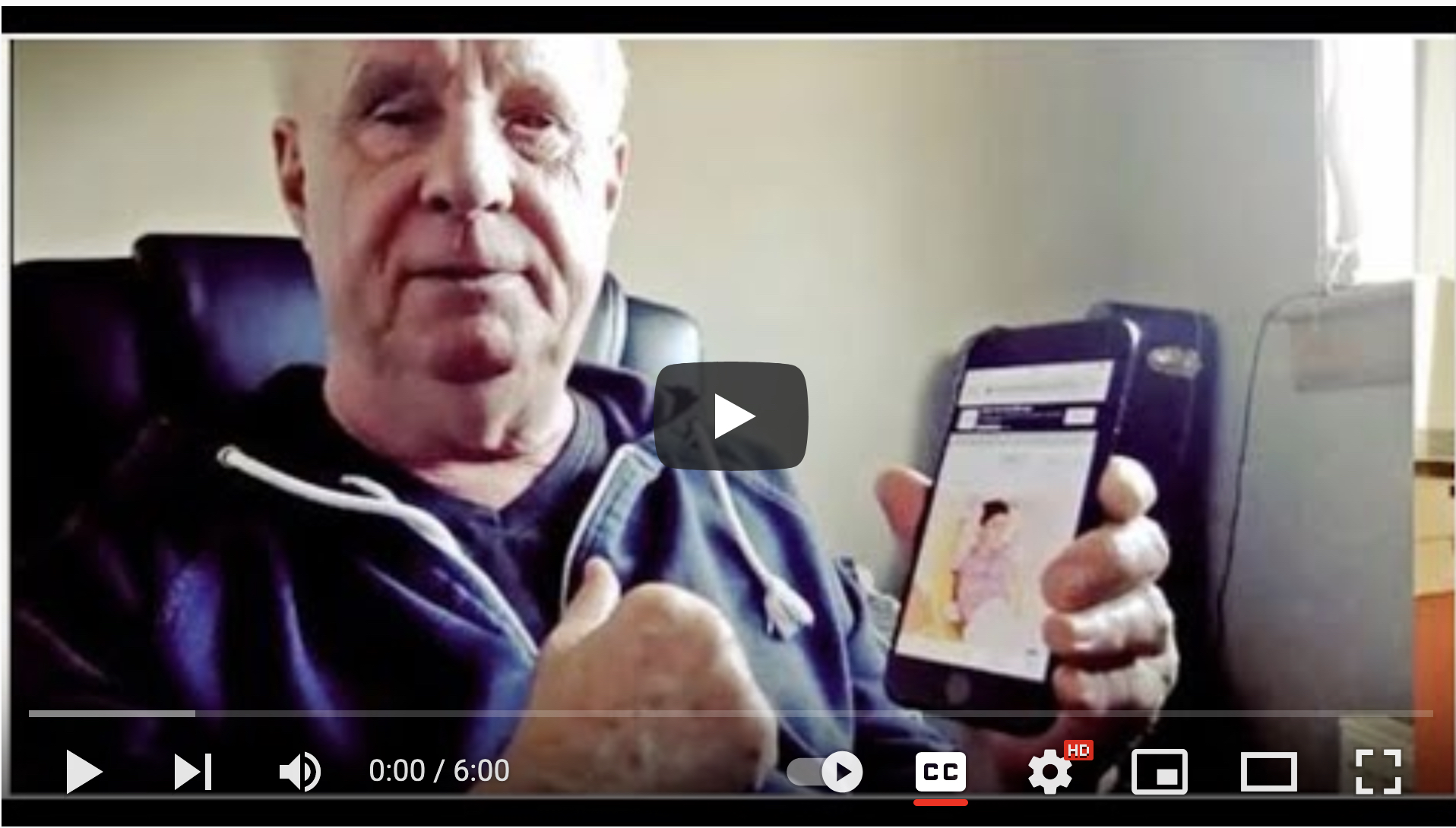The content of accessibility pages has evolved over the years; from a fairly useless statement about the site passing the ‘Bobby’ standard, to practical advice about how visitors can modifying browser settings. And yes I know Bobby wasn’t a standard; so no need to get in touch to put me right.
If you want to be ‘right up to date’ with your accessibility statement you could do worse than take a lead from the BS 8878 (British Standard Web Accessibility Code of Practice). The BS 8878 suggests that your accessibility statement should contain the following information:
- How visitors can make changes to their browser preferences.
- How to use any accessibility tools you have provided.
- It should make clear any limitations your site has (e.g. perhaps you have no captions on videos).
- Provide an opportunity for visitors to get in touch, complain or give feedback.
A real example
Here is the accessibility statement written for the Get Connected And Lead website. Feel free to steal some of these ideas for your own website accessibility page.
Accessibility on this website
 We have tried to ensure that this website is as accessible as possible. If you are having a problem please contact us, and we will do our best to help. You can also contact us by telephone, xxxx xxxxxxx and Textphone xxxx xxxxxxx.
We have tried to ensure that this website is as accessible as possible. If you are having a problem please contact us, and we will do our best to help. You can also contact us by telephone, xxxx xxxxxxx and Textphone xxxx xxxxxxx.
(If your page has an accessibility toolbar such as ATBAR – mention it here and summarise its features. The Get Connected Site did not use a toolbar or third party accessibility feature).
Browser Preferences
Changing the preferences on your Web browser may help to make the site easier to use. It is possible to change text size and colour as well as background colours by making changes in the preferences or options section of your browser. The exact details of how to do this will be different for each type of browser so experimentation may be the order of the day.
The BBC has a very good page that covers a range of issues related to customising the settings of your web browser to make pages more accessible.
Web Content Accessibility Guidelines
We aim to meet WCAG version 1.0 (Web Content Accessibility Guidelines) Conformance Level “AA”, which means that all Priority 2 checkpoints will be met. We also aim to meet most of the Priority 3 checkpoints.
Limitations of this site
Within the scope of the WCAG AA standards we are not aware of any accessibility issues with this site. We welcome your feedback if you are finding it difficult to access any of the content.
This statement was last updated on: July 2011.
On a related note: website accessibility audits
I am offering ‘two for the price of one’ on accessibility audits for a limited time. Get in touch if you would like me to check the accessibility of your website and a partner organisation’s site. 🙂
Related Content
- Website Accessibility Auditing Service – for WCAG 2.1, WCAG 2.2 ComplianceRichard Morton is a member of our website accessibility audit team "A large proportion of my work over the last six years has been web accessibility auditing, using the Web Content Accessibility Guidelines (WCAG 2.1 & WCAG 2.2).I do manual testing, using the standard browsers, and light tools like the AIS ...
- About Web Designer and Accessible Website Design Specialist Jim ByrneA passion for equality and accessibility Decades before he became an accessible website design specialist, Jim started his working life as a computer programmer in 1979 using 'miniframe' computers that had LP (a long player record) sized 'not very floppy disks'. The disks needed to be screwed into a large cabinet ...
- Accessibility Auditing – WCAG 2.1 & WCAG 2.2 and Accessible Website Design, UKJim Byrne is an accessibility specialist with three decades of experience in accessible website design, training and accessibility auditing and consultancy for the not-for-profit, education, public and third sector. An award-winning website developer, website accessibility training provider and WCAG 2 expert ( he provided feedback on the development of WCAG ...
Take my Web Accessibility Online Training Course - WCAG 2.1 Compliance
Learn to design and manage WCAG compliant, accessible websites with my online course
You will learn both the techniques of accessible website design and an entire ‘framework for thinking about the subject’. It will equip you with the skills to understand, identify and fix issues any accessibility issues you come across. Watch the free videos to get a taste of what is on the course.
)
Working with non-profits, charities, voluntary and public sector organisations and social enterprises for over 20 years. Jim set up one of the worlds first website accessibility web agencies in the mid 1990s.